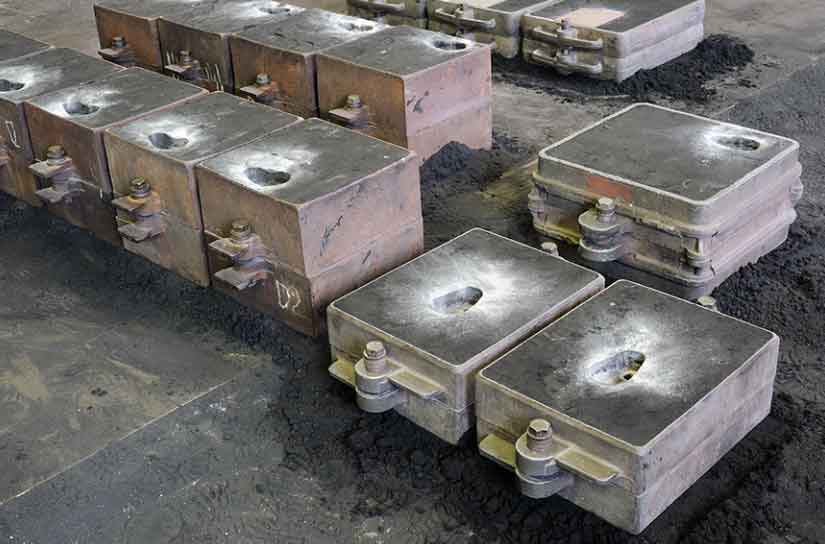
Resin sand casting has indeed revolutionized metal fabrication in the modern era. This casting process offers numerous advantages and has become a preferred method for producing high-quality metal parts. Let’s explore how resin sand casting has contributed to the transformation of metal fabrication.
1. Design Flexibility:
Resin sand casting allows for the production of complex shapes and intricate details that were previously difficult or expensive to achieve. With the ability to create molds with intricate patterns, undercuts, and internal features, resin sand casting opens up new design possibilities for engineers and designers. This design flexibility has led to the creation of innovative and highly efficient metal parts.
2. Cost-Effective Production:
Resin sand casting is known for its cost-effectiveness, particularly for low to medium production volumes. The materials used in the process, such as sand and resin, are relatively inexpensive compared to other casting methods. Additionally, the reusability of the molds reduces tooling costs over time, making resin sand casting economically viable for many applications. This cost-effectiveness has made it accessible to a wide range of industries and businesses.
3. Time Efficiency:
Resin sand casting offers faster production cycles compared to traditional casting methods. The process involves relatively quick mold preparation and curing times, allowing for a shorter overall production timeline. This time efficiency enables manufacturers to meet tight deadlines and respond quickly to market demands. It also contributes to cost savings by reducing labor requirements and increasing productivity.
4. Wide Material Compatibility:
Resin sand casting is compatible with a wide range of materials, including both ferrous and non-ferrous alloys. This versatility allows manufacturers to choose the most suitable material for their specific application requirements. Whether it’s aluminum, iron, steel, bronze, or other alloys, resin sand casting accommodates various metals, making it applicable to diverse industries such as automotive, aerospace, industrial machinery, and more.
5. Quality and Precision:
Resin sand casting ensures high-quality and precise metal parts. The process allows for excellent dimensional accuracy, tight tolerances, and smooth surface finishes. This reduces the need for extensive post-processing operations, saving time and costs while maintaining product quality. The ability to achieve intricate details with precision ensures that the final metal parts meet or exceed the desired specifications.
6. Environmental Friendliness:
Resin sand casting is considered environmentally friendly compared to other casting methods. The process does not involve the use of water or generate excessive waste. The sand used in resin sand casting can be recycled and reused, reducing overall material consumption. Additionally, advancements in resin formulations have led to the development of eco-friendly resins with reduced emissions and improved sustainability.
The combination of design flexibility, cost-effectiveness, time efficiency, material compatibility, quality, and environmental friendliness has made resin sand casting a revolutionary method in the modern era of metal fabrication. Its widespread adoption has enabled the production of complex and high-quality metal parts, driving advancements across various industries and contributing to the overall progress of manufacturing.
